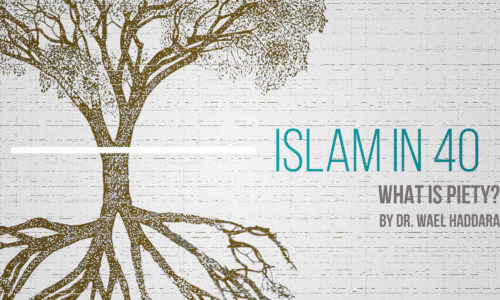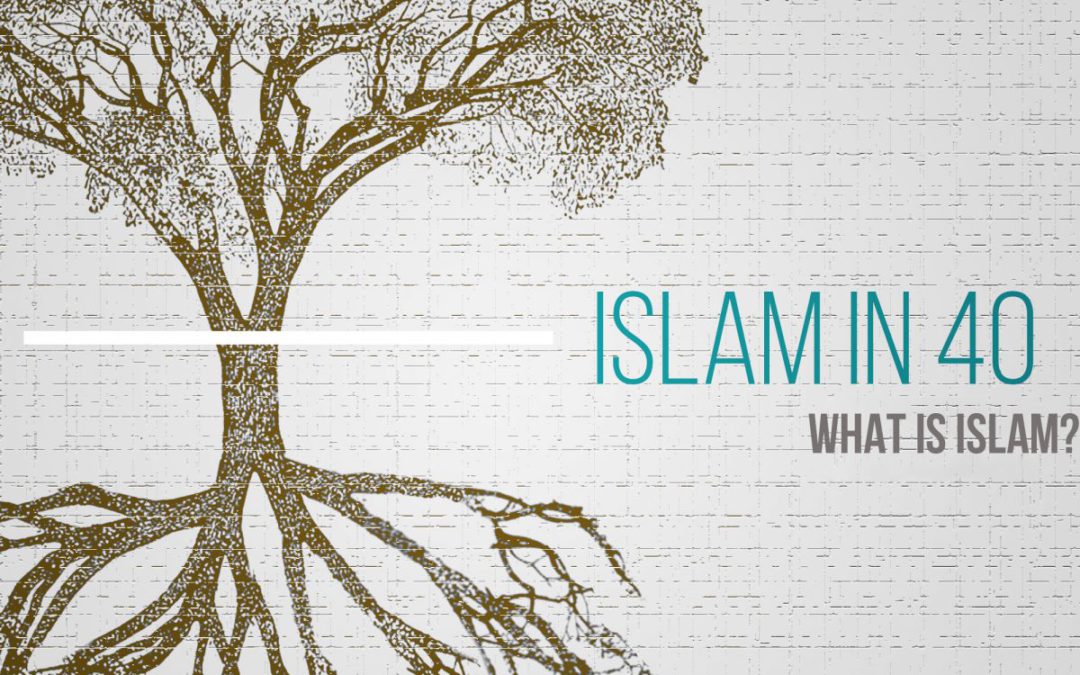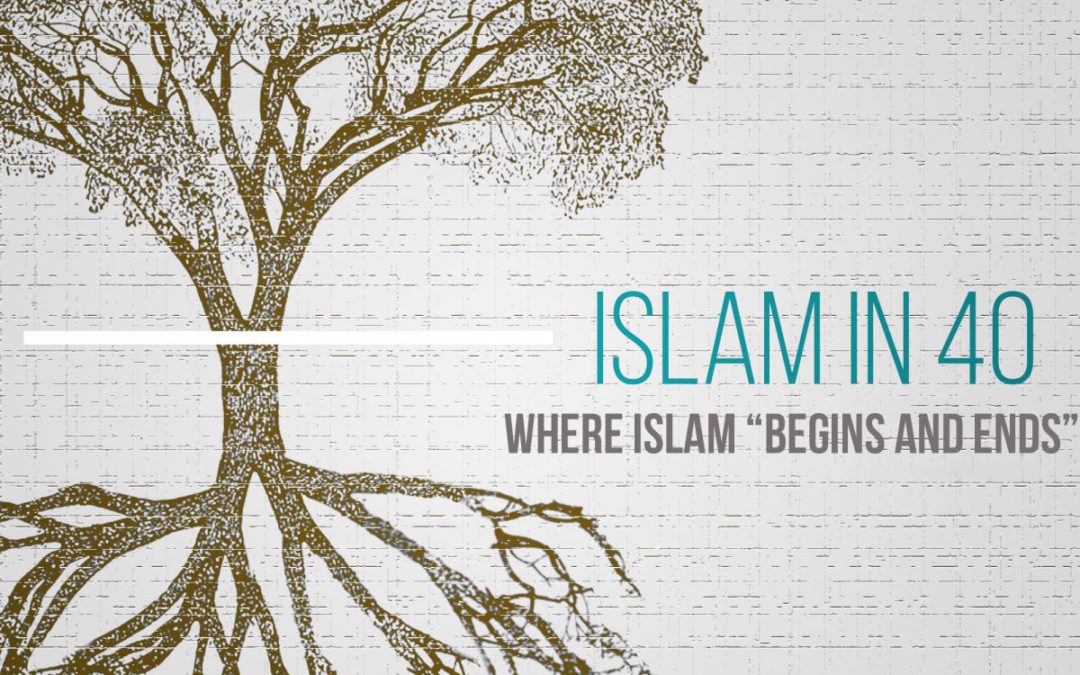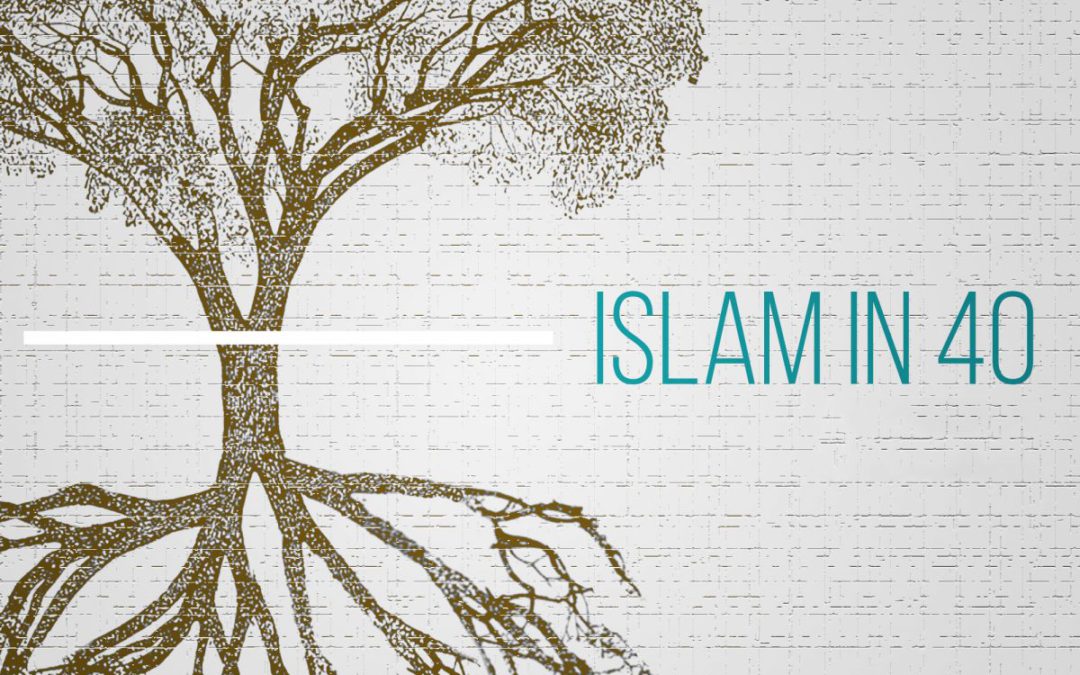More on this theme of where Islam “begins” and “ends”.
Al-Nawawi and other scholars have written that this Hadith enters into almost all actions and various scholars have elected to insert it at the beginning of their works.
And so, quite appropriately, this is the point of departure in Islam: the most essential aspect of our being is what we intend in our hearts, not necessarily what we exhibit outwardly (we will consider some of the other parameters that govern our actions later). In that sense, Islam is located, first and foremost, within us. We may be able to project an image of ourselves to the outside world, but we cannot and should not try to delude ourselves. Social scientists talk about how human beings “construct” themselves whenever we share our experiences or anything about ourselves to others. There are of course things we will always want to keep to ourselves. But being true and honest with ourselves about why we do what we do – and working to improve that conversation that takes place within us is where Islam begins.
There are people who succeed in deluding themselves so that their very intentions are confused and unclear. That is the end result of hypocrisy – “Satan has gained mastery over them, and has caused them to remain oblivious of the remembrance of God.
Such as these are Satan’s partisans: oh, verily, it is they, the partisans of Satan, who will truly be the losers!” (58:19)
No man, for any considerable period, can wear one face to himself, and another to the multitude, without finally getting bewildered as to which may be the true. (Nathaniel Hawthorne)
If intention and purifying it are where Islam begins, where does it “end”? In other words, what’s the other sine qua non of Islam? Al-Nawawi provides us with a very important answer in the last hadith in his compilation.
Having gone through 41 ahadith that summarize the meaning of Islam. We arrive here: a boundless belief in the mercy of Allah swt that should never erode, however one may have lived his or her life.
Now Islam appears very clear – Islam is a struggle to submit. Submission is a struggle to be honest and true with oneself – being clear on why we do what we do and seeking to direct that intention towards God but then also knowing that if we come up short on that front that we should continue to struggle to submit to God by knowing that whenever we direct ourselves to Him, whatever it is we have done, He will respond to us – so long as we have struggled.
Once we give up hope or give up the struggle, we lose and are lost.





